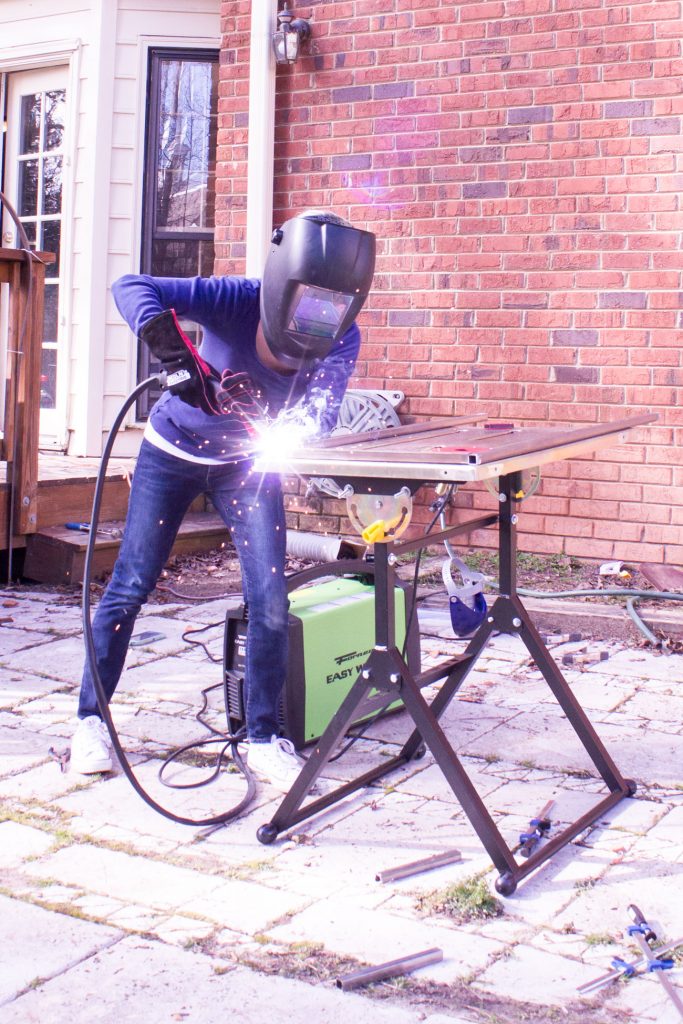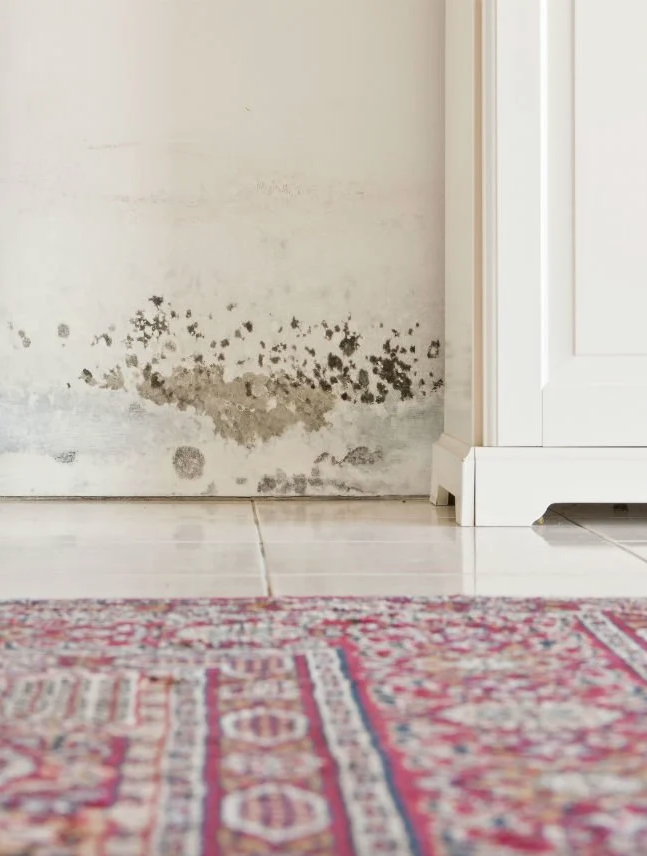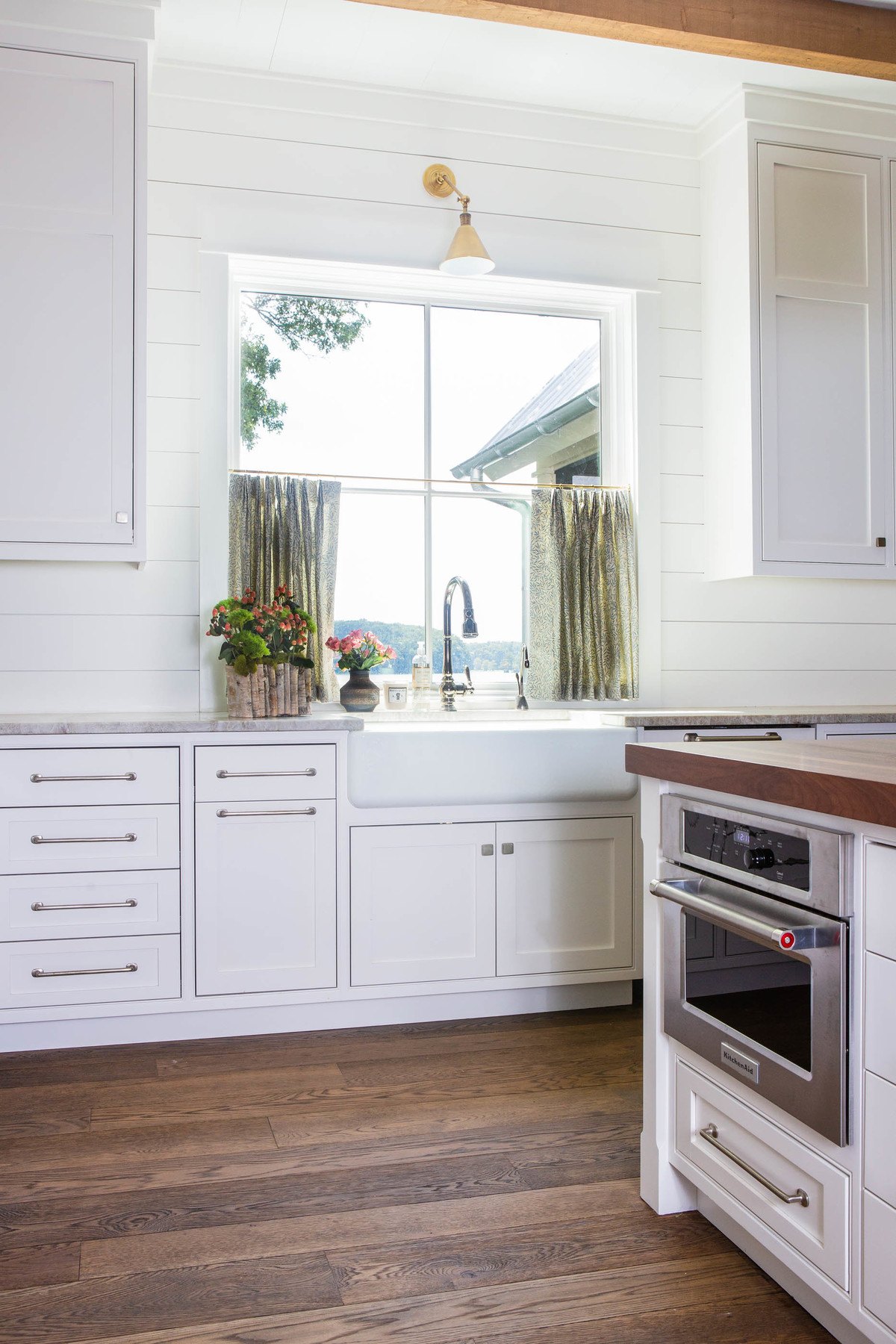6 Welding Tips For Homeowners

Are you starting a DIY project at home that requires welding? Here are some simple tips that will help you on your way. Keep reading!
 Coffee Table Welding Project at: Erinspain.com
Coffee Table Welding Project at: Erinspain.com
Welding is the act of fusing metals by heating surfaces to the point of melting. Welding is a skill that anyone can learn because it does not require a strong educational background. Even a high school completion certificate can get you going. You only need to have the will and determination to learn.
The two types of welding are MIG (Metal Inert Gas) and TIG (Tungsten Inert Gas). MIG is where metals are melted and joined through heat from an electric arc that forms between an electrode and the workpiece. On the other hand, TIG is a process where a Tungsten electrode and the workpiece are heated by an arc between them to unite metals.
Generally, MIG welding is widely preferred and used because it welds thicker metals much faster than TIG. It also works with most types of metals. Here are six welding tips and welding must-haves that an aspiring welder might find insightful:
1) Safety
Safety is of great importance when it comes to welding. The bright white light that is emitted as you weld can be harmful to your eyes if you do not wear a protective shield. Welder’s flash is an eye condition that develops if you do not protect your eyes from the arc during welding.
This can result in temporary or even permanent blindness. However, wearing dark goggles is not the perfect solution to this. A welding shield glass or helmet with auto darkening capabilities is recommended. You can get more info from ratemywelder.com on the best welding helmets you can use. Welding gloves and fire resistant jackets should as well be used as a precautionary measure.
2) Welding Processes
Beginner welders might want to consider starting with wire welding, which is split into MIG and flux cored. Wire welding is relatively simple since the spool of wires fed through the gun start, stop, and minimize, making the job simpler. It is also fast and economical. For outdoor work, self-shielded flux core welders should be used because the wind will not interfere with your welding tasks.
3) Materials
The materials you have can determine which welding type to use. As stated earlier, MIG works with most types of metals and can weld thicker metals. However, spool guns give better results when working with aluminum. Consider the materials you will mostly work with on your projects and consult a welder manufacturer on the best welding machine to buy that will fit your purpose.
4) Efficiency
Look for a machine that is easy to use. A starter might be overwhelmed by the welding settings. Therefore, it is better to have a machine that allows you to select the details of your welding project including the type of consumable to weld with, the material you are welding, and the thickness of your material.
5) Consumables
This refers to the wire, filler material, or electrode being used in welding. You should always ensure that the consumable has a matching strength with the workpiece metal. That is having the same melting point.
6) Voltage
Novice welders may find a welding machine with a dual voltage of 110 v and 220 v friendly. Input voltages are directly proportional to the thickness of the material. The thicker the material, the higher the input voltage used.









Leave a Comment